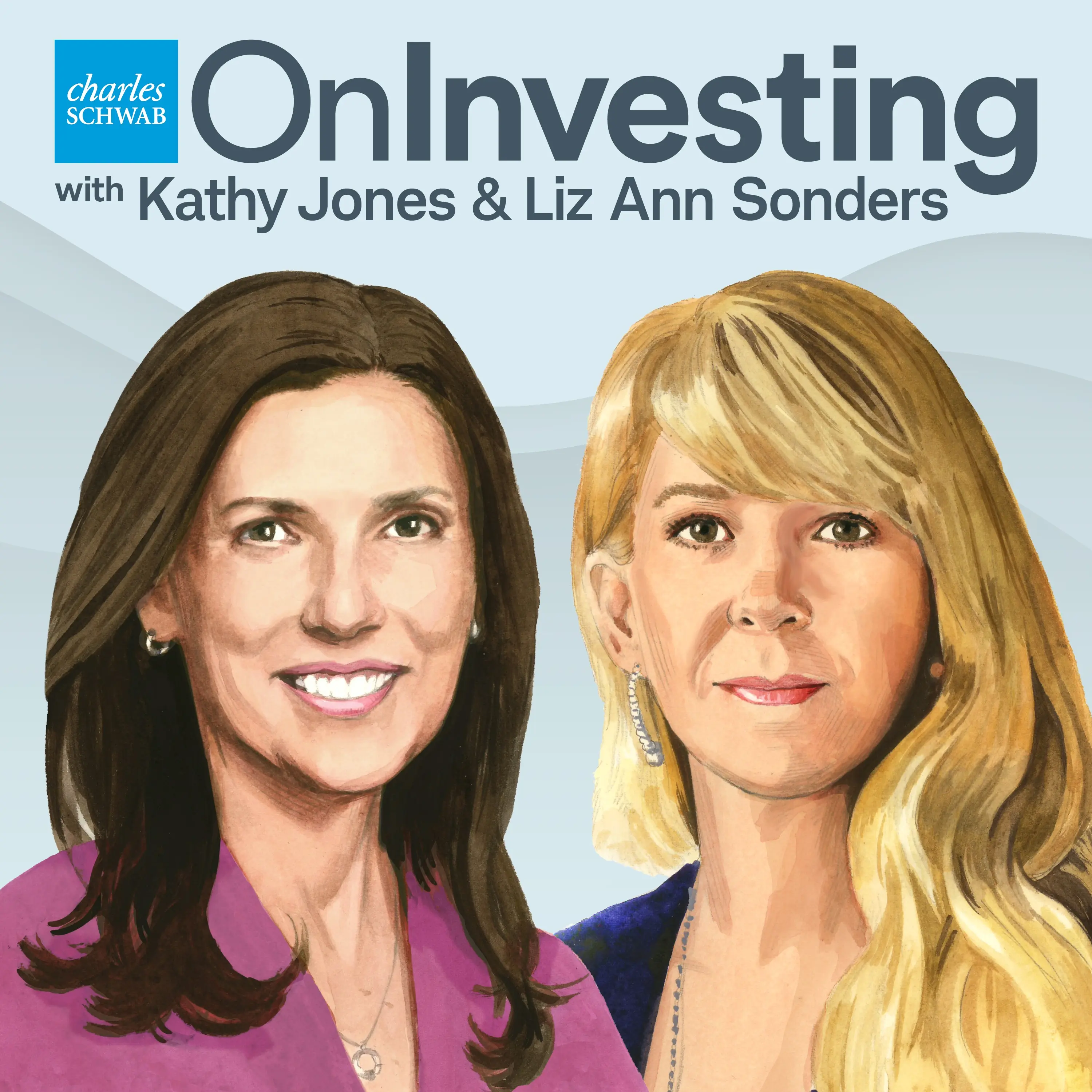Inflation Edges Up: Analyzing the Fed's Next Move
In this episode, Kathy Jones and Liz Ann Sonders dive into the latest economic data and its implications for the Federal Reserve's policy decisions. They analyze the recent Consumer Price Index (CPI) report and assess the risk of latent stagflation. They also examine the Fed's dilemma in considering a September interest rate cut, a possible 50-basis-point reduction, and ongoing labor market and inflation pressures. Kathy and Liz Ann stress the importance of looking beyond headline figures to understand revisions and underlying economic trends. They also address recent changes at the Bureau of Labor Statistics (BLS) and their potential impact on the reliability of economic data.
Finally, Kathy and Liz Ann discuss the data and economic indicators they will be watching in the coming week.
On Investing is an original podcast from Charles Schwab.
If you enjoy the show, please leave a rating or review on Apple Podcasts.
Check out more episodes.
This material is intended for general informational and educational purposes only. This should not be considered an individualized recommendation or personalized investment advice. The investment strategies mentioned may not be suitable for everyone. Each investor needs to review an investment strategy for his or her own particular situation before making any investment decisions.
All expressions of opinion are subject to change without notice in reaction to shifting market, economic or political conditions. Data contained herein from third party providers is obtained from what are considered reliable sources. However, its accuracy, completeness or reliability cannot be guaranteed.
Investing involves risk, including loss of principal.
Indexes are unmanaged, do not incur management fees, costs, and expenses and cannot be invested in directly. For more information on indexes, please see schwab.com/indexdefinitions.
Performance may be affected by risks associated with non-diversification, including investments in specific countries or sectors. Additional risks may also include, but are not limited to, investments in foreign securities, especially emerging markets, real estate investment trusts (REITs), fixed income, municipal securities including state specific municipal securities, small capitalization securities and commodities. Each individual investor should consider these risks carefully before investing in a particular security or strategy.
All names and market data shown above are for illustrative purposes only and are not a recommendation, offer to sell, or a solicitation of an offer to buy any security.
Technical analysis is not recommended as a sole means of investment research.
Diversification, asset allocation, and rebalancing strategies do not ensure a profit and do not protect against losses in declining markets.
This information is not a specific recommendation, individualized tax, legal, or investment advice. Tax laws are subject to change, either prospectively or retroactively. Where specific advice is necessary or appropriate, individuals should contact their own professional tax and investment advisors or other professionals (CPA, Financial Planner, Investment Manager, Estate Attorney) to help answer questions about specific situations or needs prior to taking any action based upon this information.
Rebalancing may cause investors to incur transaction costs and, when a non-retirement account is rebalanced, taxable events may be created that may affect your tax liability.
Currency trading is speculative, very volatile and not suitable for all investors.
Forecasts contained herein are for illustrative purposes only, may be based upon proprietary research and are developed through analysis of historical public data.
The policy analysis provided by the Charles Schwab & Co., Inc., does not constitute and should not be interpreted as an endorsement of any political party.



